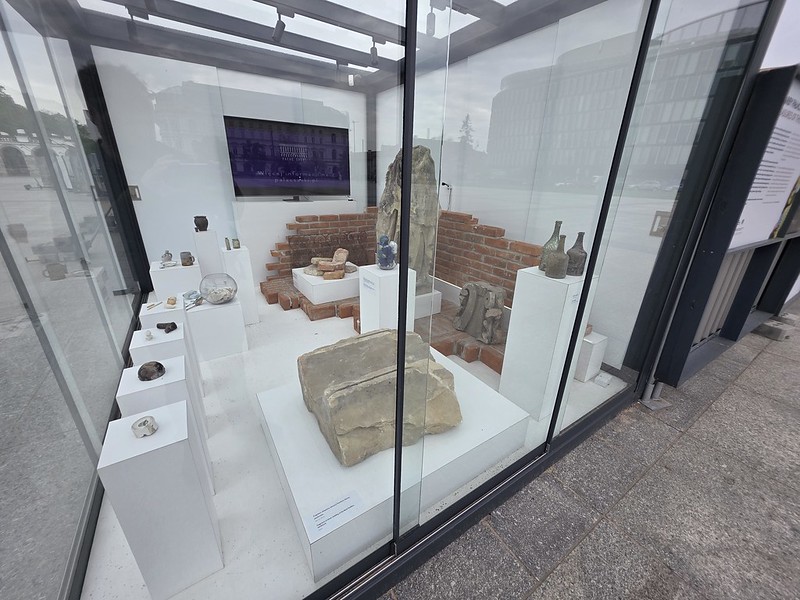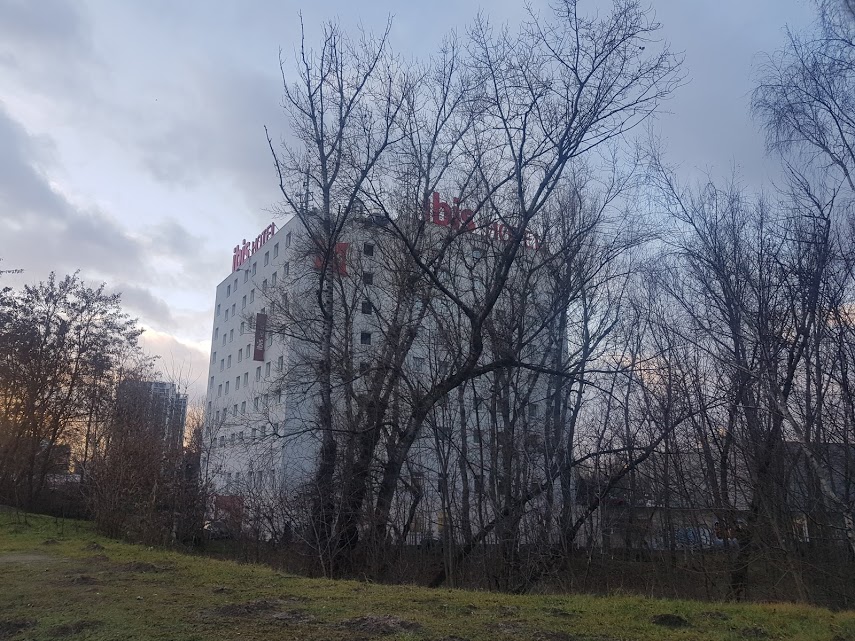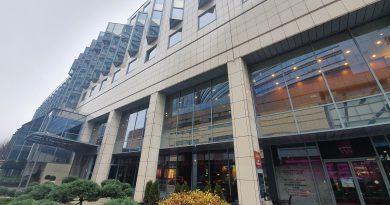Warsaw – Archaeological Finds at Pałac Saski w Warszawie (Saxon Palace)
I’ve followed the progress at the Saxon Palace in Warsaw for some years and it’s all looking very exciting. It was destroyed during the Second World War, like nearly everything else in Warsaw, but finally the Government is kick-starting change at the building. But, as some more detailed history…
Initially, the site was occupied by the Morsztyn Palace, a baroque structure built in the latter half of the seventeenth century. In 1713, King Augustus II the Strong (I love names like that), who was the first of Poland’s Saxon kings, purchased the palace and initiated its expansion and transformation into a grand royal residence. This project, overseen by prominent architects, gave rise to the Saxon Palace and the development of the surrounding Saxon Axis, a significant urban plan that included the Saxon Garden. The palace became a cultural hub, even more decadent than Wetherspoons.
Over the following decades, the palace complex expanded with the addition of adjacent noble residences, including the Brühl Palace and the Blue Palace. However, after the death of King Augustus III, the Saxon Palace lost its status as a primary royal residence and gradually fell into decline, though it remained in Saxon hands and was rented out to whoever would have it. In 1794, during the Warsaw Uprising, a major battle took place in front of its eastern side which I suppose would have added some excitement to the evening for the residents. In the early nineteenth century, the Warsaw Lyceum was housed in the palace and the family of Frédéric Chopin resided there for several years. After Poland regained independence following the end of the First World War, it became the headquarters of the Polish General Staff and, in 1932, Polish cryptologists working within the palace achieved the groundbreaking feat of breaking the German Enigma cipher. Then the Germans blew it up in December 1944. Only a few fragments of the central arcade remained survived and that has housed the Tomb of the Unknown Soldier, but recently there have been plans to restore the building to surprise and delight residents and visitors.
There’s a bit of an archaeological dig taking place and these are some of the finds that they’ve located.
This is a fragment of stone cladding from the former Beck Pavilion.
A fragment of a sculpture.
Some glass bottles from the second half of the eighteenth century.
A ceramic pot with a handle from the second of the eighteenth century and a Kiddish cup from the first half of the twentieth century. There’s a lot of poignancy in the latter, this would have been owned by one of the large Jewish community who lived in the city, but who were nearly entirely wiped out during the Second World War.
The remains of the central arcade.
The Tomb of the Unknown Soldier.
The archaeological dig.
And the Tomb of the Unknown Soldier again. I didn’t want to take photos of the two members of the Polish military who were guarding it, although I don’t think that there are any restrictions on doing so (within reason). They are planning to open a new building by 2030 and I will watch developments with interest…..















